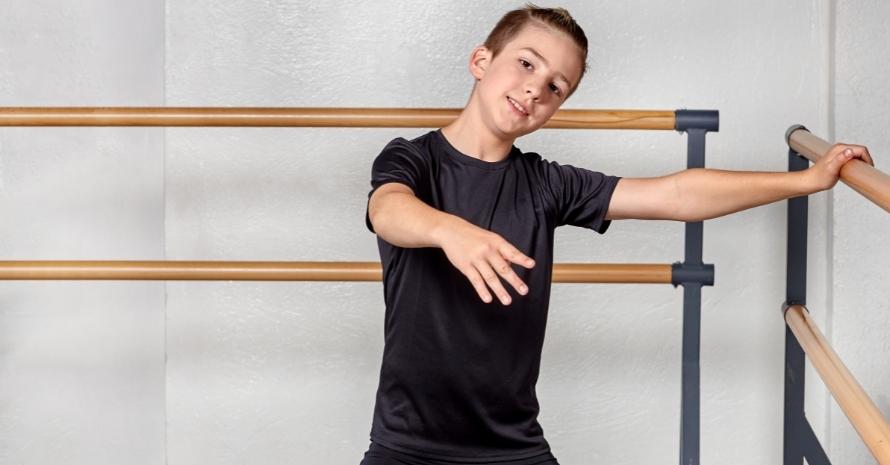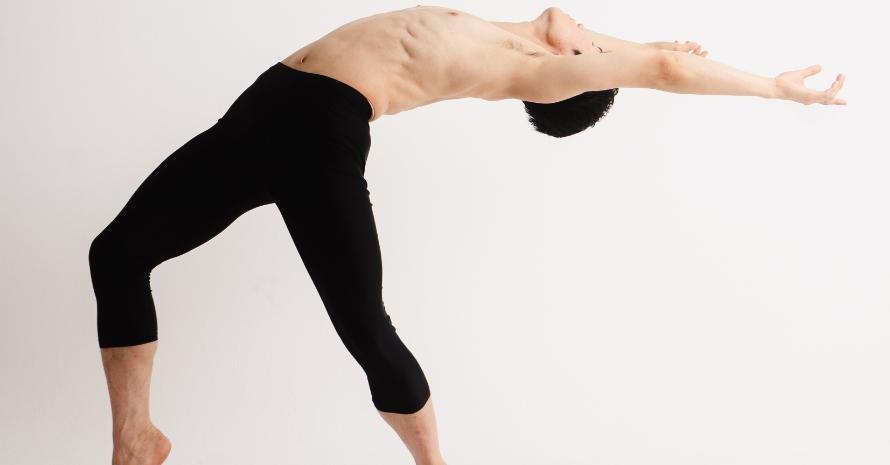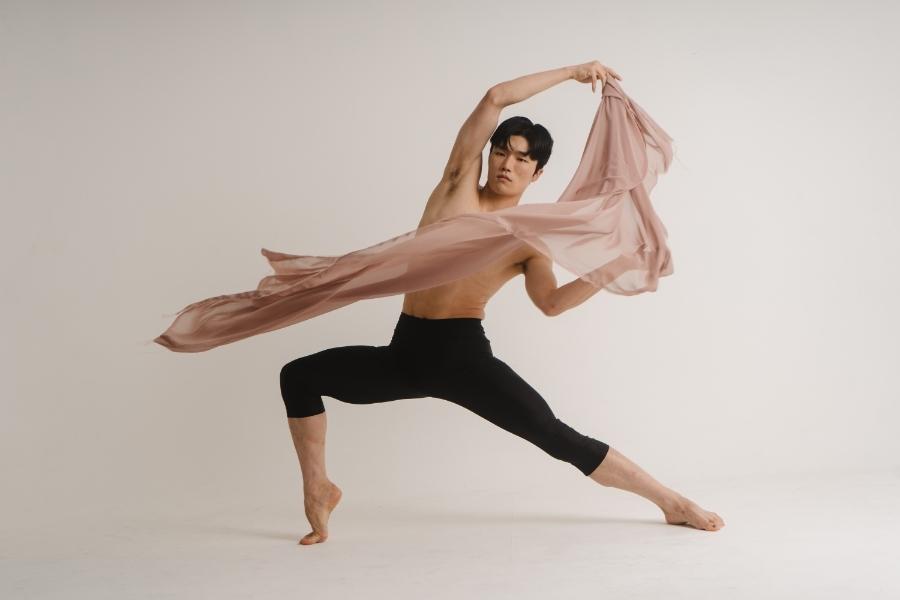When it comes to gender equality, most people think about women first and foremost. However, there is another group of people who deserve our attention: male ballet dancers.
Despite the fact that they make up a small percentage of the total population, many famous ballet companies have acknowledged the talent of these incredible artists. In this article, we will discuss the interesting history of what do you call a male ballerina and how they transitioned into becoming a staple on the ballet stage.
A History Of Disparity In Pay
Even though many prominent ballet companies have featured male dancers, these artists have largely remained on the fringes of the industry. As previously stated, this is largely because most people assume that ballet is a female-dominated sport.
However, as far back as the 1880s, this stereotype was far from true. The situation only got worse in the 20th century, as many prominent dance schools turned away from men altogether. This was most likely a result of classical ballet schools becoming elitist and sexist at the same time.
The Beginnings Of A Revival
Thankfully, this trend of neglecting talented young men in favor of recruiting and training women is starting to change. In 2012, the New York City Ballet decided to buck the trend and give two of its male ballerina is called dancers a big-budget production entitled “The Nutcracker.” This is one of the most famous and iconic pieces by famed Russian composer Ludwig Minkus.

The ballet is about a prince who goes on a journey to find a bride and has to navigate his way through a series of obstacles to find the girl of his dreams: a beautiful “princess” with a dragon sitting on her head. Although this is primarily a women’s magazine, Victoria magazine has also begun featuring articles about guy ballerina and their fascinating history.
How Do They Fare On The Stage?
When the New York City Ballet decided to give the “Nutcracker” production a tryout in 2012, many people were skeptical that it would be a success. There are several reasons for this. First of all, the work is notoriously difficult.
It requires athletic ability, stamina, and above all, great courage. The dancers have to carry out complicated and difficult jumps, which can only be done artistically and with perfect technique. As a result of this, many male ballet dancers rarely end up on the stage; they are either prevented from performing or they choose to retire early because of the difficulty of the roles.
However, the production turned out to be a major success, and two of the dancers have gone on to enjoy great careers in the industry. According to Brian Simpson, a professor of Dance at the University of Massachusetts who specializes in men and ballet, “The Nutcracker” was “one of the most popular and critically lauded ballets of all time.”
FAQ

Can men do ballet?
Yes, men can do ballet. In fact, male ballet dancers have been performing since the early days of ballet. Today, men make up a significant portion of professional ballet dancers.
What is the masculine equivalent to a ballerina?
A male ballet dancer is typically called a danseur.
How tall should a male ballet dancer be?
There is no definitive answer to this question as there is no specific height requirement for male ballet dancers. However, many ballet schools and companies will typically look for dancers who are between 5’5″ and 6’2″ tall.
Also read:
Conclusion
Even though this is an amazing achievement for these young men, it still pales in comparison to the true rarity that is a ballerina men. Most people still think of ballet as a female-dominated sport, but this couldn’t be further from the truth.
Men have always been a part of the industry, and although they are much rarer than their female counterparts, they have always had a special place in society. With the increase in awareness about gender equality, more and more men are seeing the beauty in ballet and feel inspired to pursue a career in this exciting and rewarding field.
As a result of this positive shift, we are starting to see an increase in the number of talented young men who are studying ballet and hoping to follow in the footsteps of these great pioneers. We can only hope that this trend continues and that more prominent ballet companies will follow the example set by the New York City Ballet and give these amazing young men the recognition they truly deserve.

